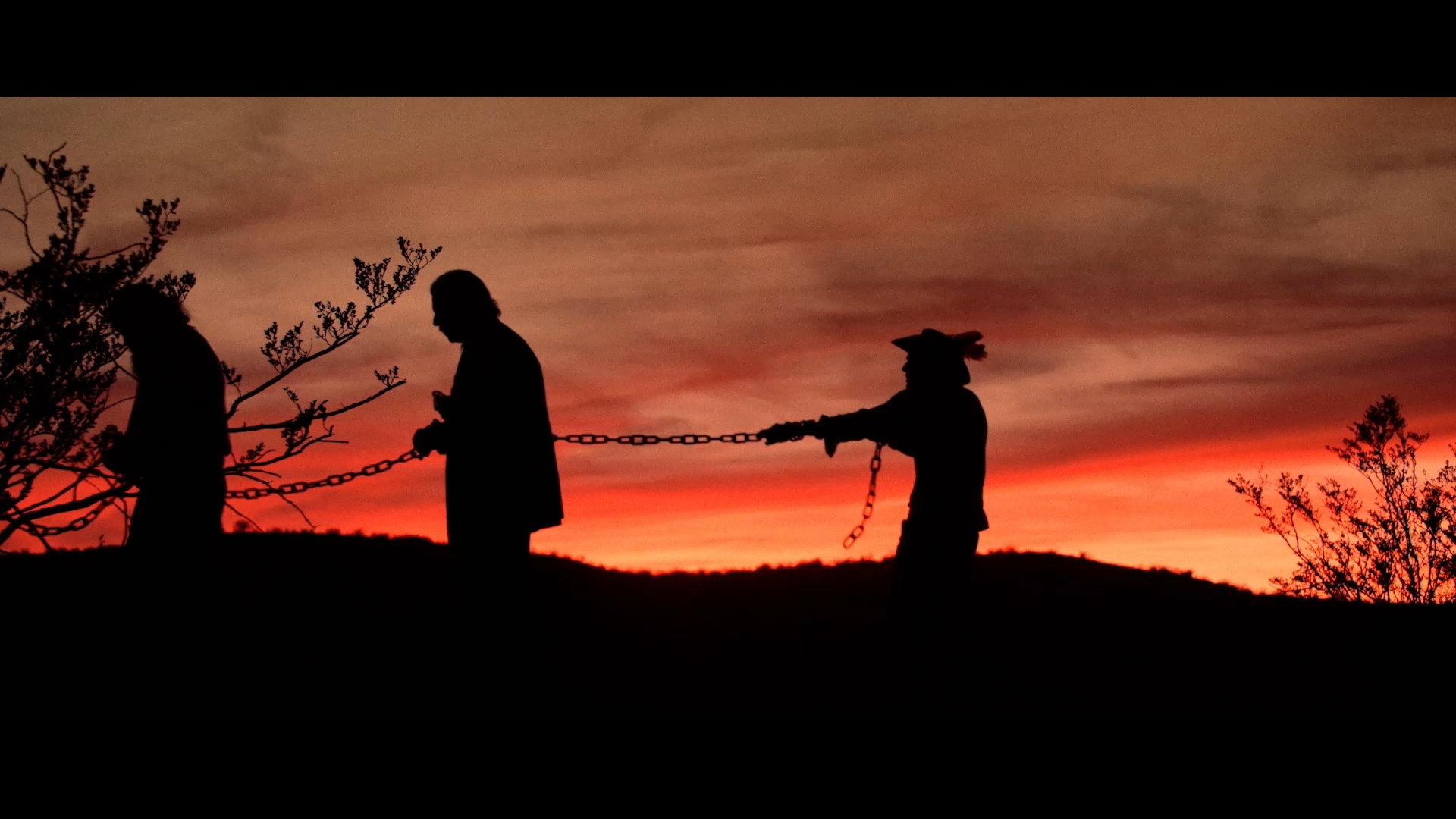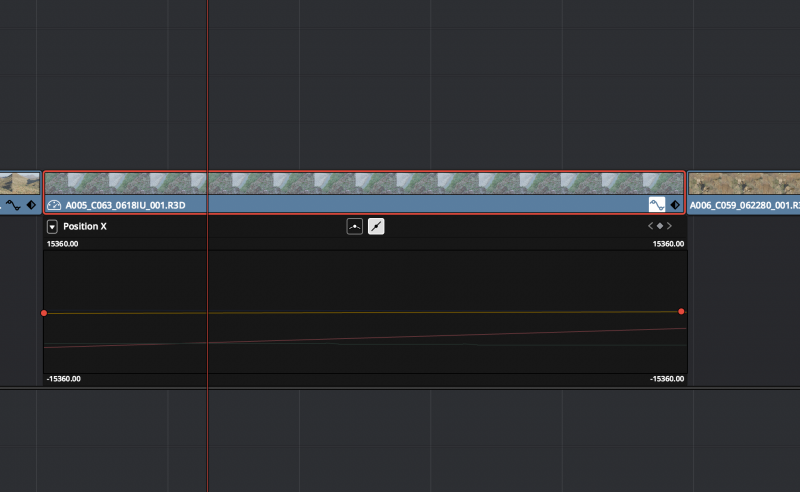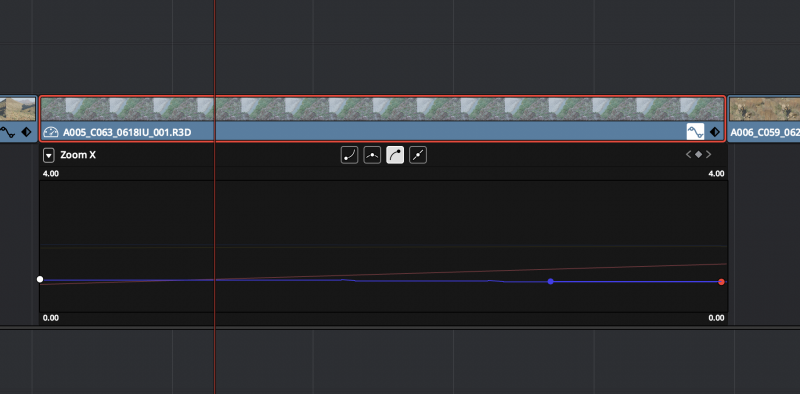-
Posts
32 -
Joined
-
Last visited
Content Type
Profiles
Case studies - Free
Case studies - Premium
Resources
Insider
Courses
Forums
Store
Everything posted by Alex Winker
-
I am working on mastering a project inPQ ST2084 at 1000 Nits. It is a short documentary shot on a couple different formats. but mostly all very high quality captures, with the exception of a few outliers. These outliers are my issue. Some of the material captured and encoded already in Rec709, when tagged with the rec 709 IDT and the PQ ST2084 1000NIT ODT produce really harsh and garish highlights near areas that would be peaking in Rec709, for example a drone shot with car head lights in it, or some of the archival materials that have clipped whites. When monitoring rec709, and using the rec709 ODT the highlights do not go so disgusting, but running a Dolby Trim for the down convert still leaves them clipped and gross. Has anyone else encountered similar errors with ACES when working in HDR spaces? Any potential solutions? My current solution is going to be to run a sort of fake aces using CST's at the node level so I can try to correct the footage before the IDT to neutralize the garish clipping then do the rest of the grading in ACES space, however this seems like it will be a lot more work just to handle a few problem shots.
-
What is the Autochrome function?
-
Wow, This is all very interesting. Does anyone know of a way to manipulate frequencies like this in Resolve?
-
Only a few of the pieces were cut from web exports - most were made from Prores deliverables. I'll see if a better encode helps.
-
Thanks for the feedback Cary! Sadly, some of the footage was taken from the web exports of the final grades, as that is all that I had on hand... in terms of the bitrate, I was under the impression that Vimeo Restricted the bit rate to 10Mb/s so I jus exported with the standard Vimeo settings out of Resolve.
-
I'm 23 years old and am always looking to learn! Any feedback/mentors welcome! In a small scene in Austin, any advice on growing out from a smallish industry much appreciated! Also cut this in Resolve too!
-

Survey for Colourists - Dissertation Help
Alex Winker replied to Caitlin Garvey's topic in General Discussions
Yes, but who will relight the scene when the DP messes up? 🤨 -

Survey for Colourists - Dissertation Help
Alex Winker replied to Caitlin Garvey's topic in General Discussions
I tried to start taking this, but you really need to define what "automated colour grading" means here. Are you talking AI? LUTS? LUT based plugins? This needs a lot more clarity before anyone will be able to give you any useful meaningful information. -
Found this video posted on Lift Gamma Gain that might be of interest:
-

Saturation vs. Luminance
Alex Winker replied to Alex Winker's topic in Editing , Color grading & Finishing
I'm looking to affect the image in the inverse way that resolves LUM vs SAT curve works, which adjusts saturation based on luminance. I want to adjust luminance based on saturation as a way of managing highly saturated color for a more "filmic" response. Yeah I'm definitely thinking there is a hue shift involved, but If I were to try to make this a global correction, I don't think the desirable hue rotation would be uniform across colors. It almost looks like Yedlin's filmic desat is just a drop in the luma only channel. I've seen this - Thanks for the reminder! I need to do some testing to see if it that effects saturated areas uniformly. It would be nice to have a tool to affect it with as much control as a curve. -
I'm looking for the best way to affect an image the way a Saturation vs. Luminance curve would work in Resolve in order to approximate the way film deals with high saturation. My initial though would be a qualifier, but I wan't something more scalable than a SAT only qualifier with the offset rolled down, not to mention the range and fall off of saturation in the qualifiers in resolve are really small and can't be fine tuned as well as with a curve. Does anyone have any tips or tricks on how they do something like this, or how you think this could be accomplished? Also wondering if anyone has any insight into the maths or transforms Yedlin is doing here to control saturation and how they might be accomplished? seems to me that its similar to a SAT v LUM curve to a degree, but I'm not sure. http://www.yedlin.net/140914.html
-

Color grading breakdown with colorist Tyler Roth
Alex Winker commented on Lowepost's insider article in Color Grading
What is the first step in these videos? Is it a logC to Rec 709 LUT or a specific print LUT? Looks like Resolve's Kodak print LUT, but just was curious! -

Color grading breakdown with colorist Tyler Roth
Alex Winker commented on Lowepost's course in Finishing & VFX
What is the first step in these videos? Is it a logC to Rec 709 LUT or a specific print LUT? Looks like Resolve's Kodak print LUT, but just was curious! -
What is the peak luminance of the monitor? If it isn't an HDR reference monitor, and doesn't get up to at least 1000 nits, callibrating it to HDR specs would be useless because you wont be able to monitor the full range of the HDR image. If you are finishing for web or broadcast just stick to the standard Rec709 Calibration. I have had mixed results with generating monitor luts through Displaycal/Resolve. Just be weary.
-
Whatsup folks, Since people are starting to look at Resolve as a serious cutting tool, I figured I'd share a link to a music video I directed and cut for a local band entirely in Resolve 15. Fusion was running too slow in the betas on my computer to be usable, so the greenscreen composite plates were made in after effects. Other than that, everything was done in Resolve 15 - including the actual compositing of the VFX. Anyone else got projects they've cut entirely in Resolve? Happy to answer any questions about the experience!
-

Resolve Mini Panel Firmware Update
Alex Winker replied to Alex Winker's topic in Editing , Color grading & Finishing
In case anyone else was wondering, I found the solution. In the Davinci Resolve Panels application there is an option to upgrade firmware. I believe the most up to date is 1.2.1. As far as I know the only added functionality is the sleep mode... kinda disappointing.- 1 reply
-
- 1
-

-
According to the manual it appears to be. Haven't gotten a chance to try it myself yet. I would imagine so, because if Adobe can figure it out Blackmagic definitely can.
-

De-noise RED Footage
Alex Winker replied to Alex Winker's topic in Editing , Color grading & Finishing
Thanks for the input! -

De-noise RED Footage
Alex Winker replied to Alex Winker's topic in Editing , Color grading & Finishing
Thanks Misha. So you generally do this on almost all red footage? -
The client can create .r3d trims out of Red Cine X that will accomplish exactly what you need. As for the workflow necessary on their end, I'm not quite sure what would be best, possibly some type of xml / edl out of premiere to red cine x to collect the media to deliver to you.
-
RED footage can be pretty noisy, even in ideal lighting conditions - and I've recently been turned on to the idea that people do a base level of denoising on all RED footage, even if it isn't blatantly problematic. How many of you guys do this? If you do this, what tool do you use, and at what levels do you do it? Do you apply it evenly to the chroma and luma, or mostly just the chroma? I'm working on coloring something heavily shot with RED that will go to theater and web. Do you guys approach this differently depending on the output?
-

Resolve Mini Panel Firmware Update
Alex Winker posted a topic in Editing , Color grading & Finishing
Does anybody have any info about a new firmware update for the Resolve panel? I saw in a thread on Mixinglight.com, where one of the admins indicated that he had a new firmware update for his mini panel that came with Resolve 15. If this is public, can someone point me in the direction of the update? Would be nice to have the new qualifier matte refine tools mapped to the board, and apparently they actually added a sleep function! Put any new panel info in this thread! -

Easing Position Keyframes in Resolve 15
Alex Winker replied to Alex Winker's topic in Editing , Color grading & Finishing
Thank you Jamie! This will help me out for now! Hopefully they fully integrate position curve editing with the rest of the curves in the final 15 release. -
I am having trouble figuring out how to ease or spline edit the curve for my position keyframes in Resolve. I am doing the online for a short nature doc and am matching the sizing and scaling to the reference video provided by the client - Everything is lining up nicely except for when the offline editor has done keyframed position moves in premiere. I can set keyframes so that the first last, and median frame line up exactly, but I cannot figure out how to replicate the easing that is done in premiere other than frame by frame keyframes. In the Edit tab in the keyframe/curve editor of the clip, if I select the easing option it does nothing. This function works fine for my zoom keyframes, but just not my X and Y position ones. I don't believe this is unique to the 15 beta as I have run into this in 14 as well. Has anybody figured out an efficient way to add easing to position keyframes in Resolve? Are other people running into this issue? Should I not be doing this in the Edit tab? Thanks! As you can see in the photos attached - I can edit the curve as a spine for the zoom, but not the position.


